Hand-eye Coordination Normal Alphabet Worksheets for Ages 3-9
16 filtered results
-
From - To
Enhance your child's learning experience with our Hand-Eye Coordination Normal Alphabet Worksheets, ideal for ages 3-9. Designed to strengthen fine motor skills, these engaging activities combine letter recognition with fun exercises to boost your child’s hand-eye coordination. Each worksheet is crafted to provide a balance of educational content and interactive fun, fostering a love for learning while developing essential writing skills. From tracing letters to matching activities, our worksheets cater to various skill levels, ensuring that every child can thrive. Download our resources today and set the foundation for academic success in a playful and stimulating environment!
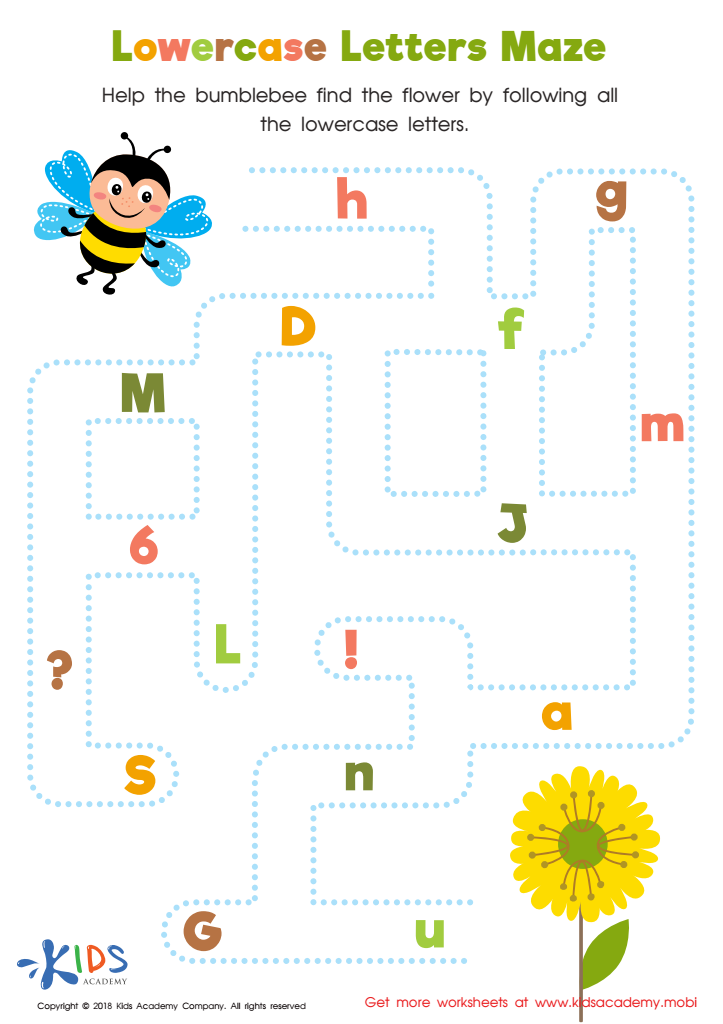

Lowercase Letters Maze Worksheet
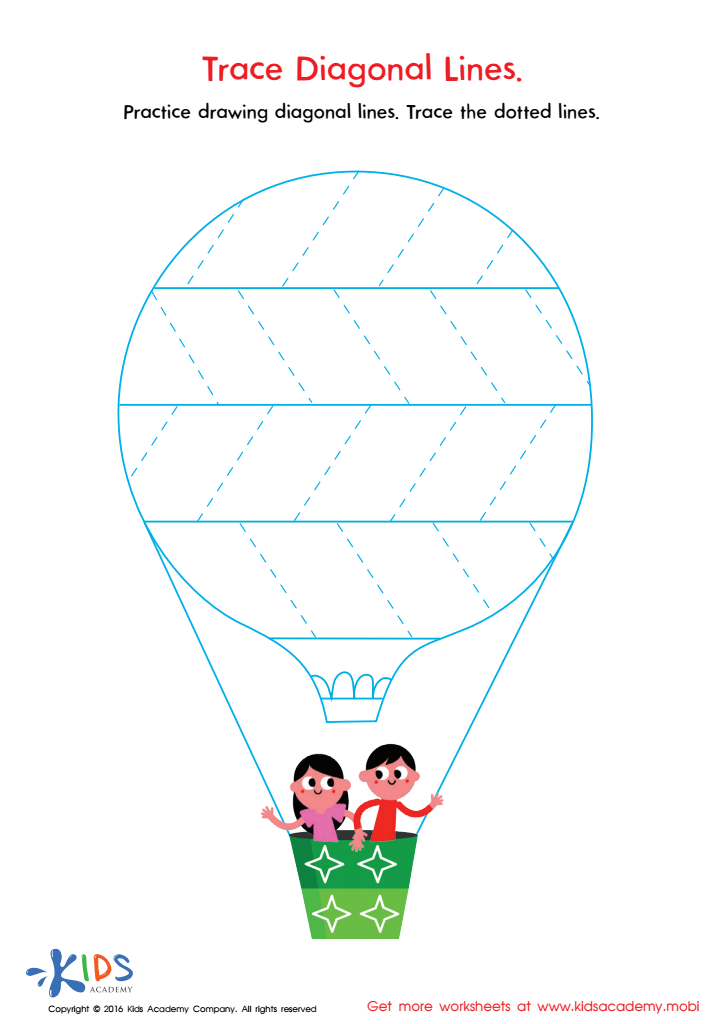

Trace Diagonal Lines Worksheet
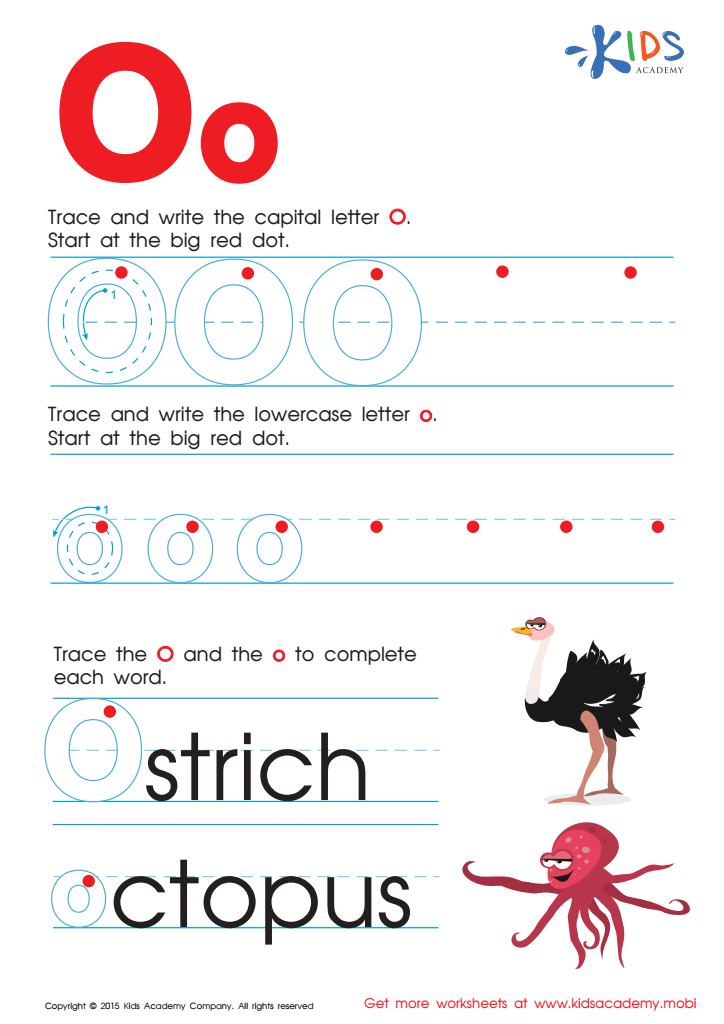

Letter O Tracing Page
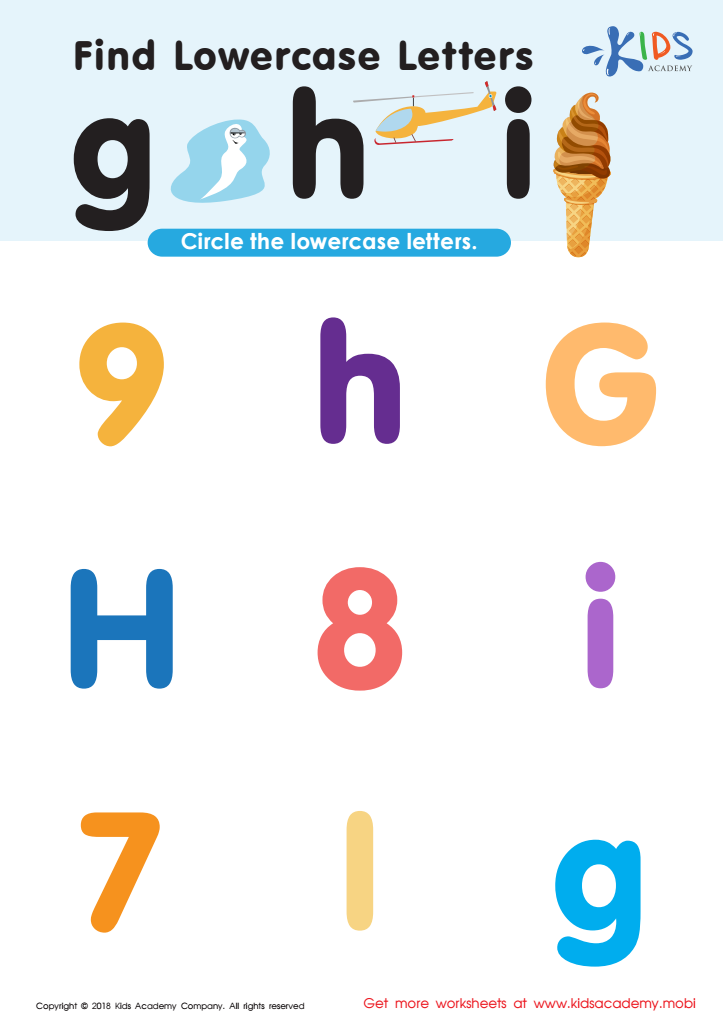

Find Lowercase Letters g h i Worksheet


Letter P Tracing Page


Letter H Tracing Page
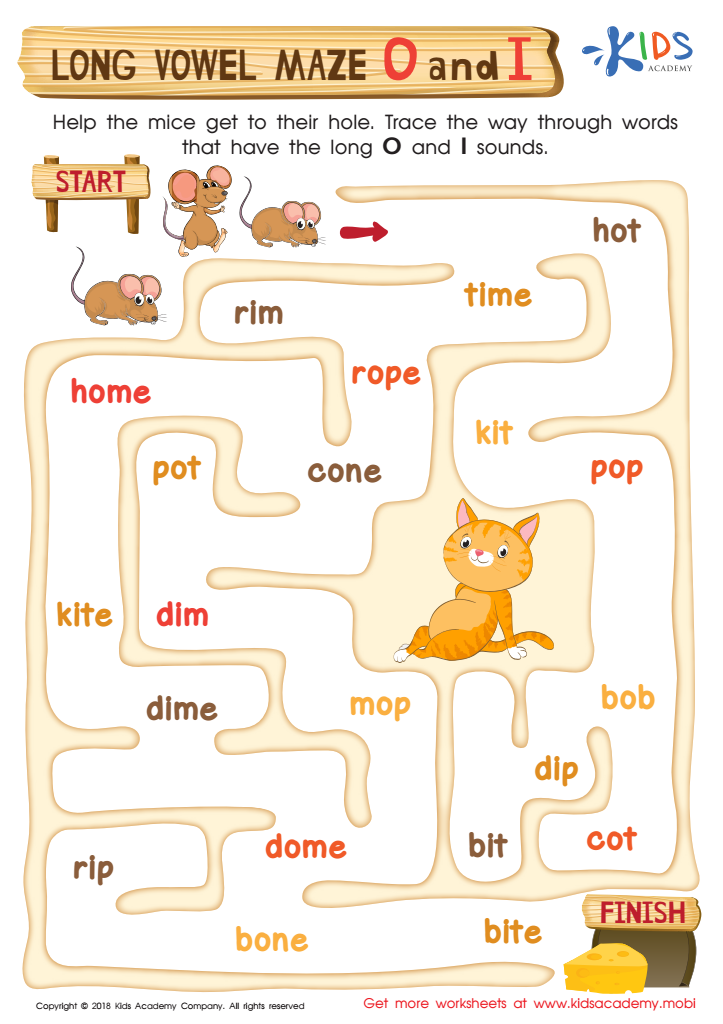

Long Vowel Maze /o/ and /i/ Worksheet
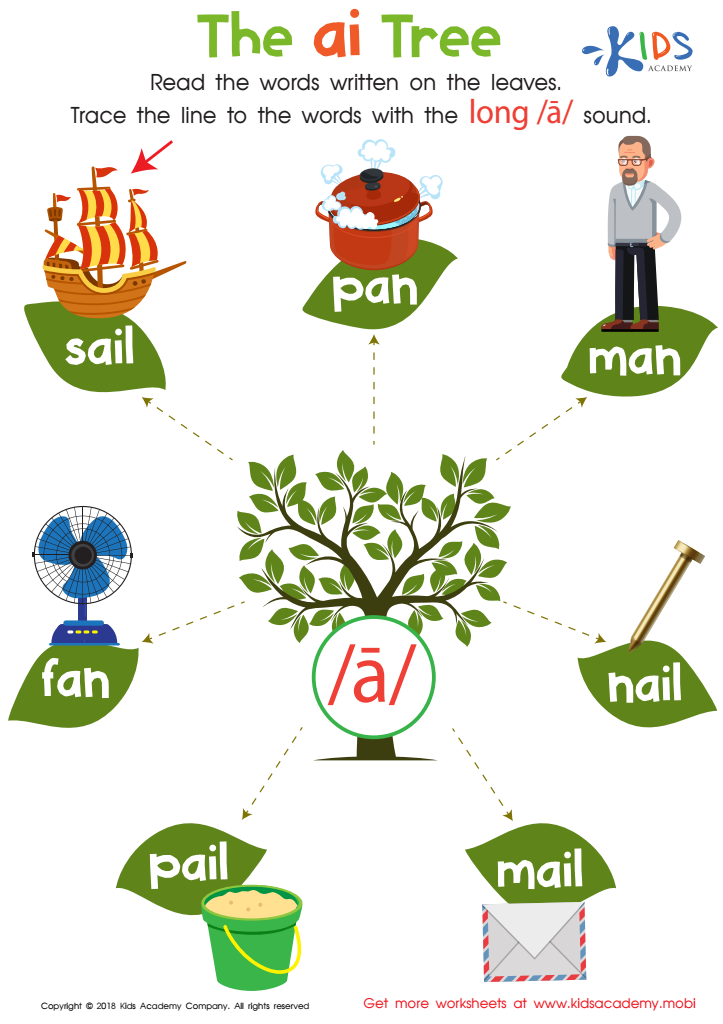

The AI Tree Worksheet
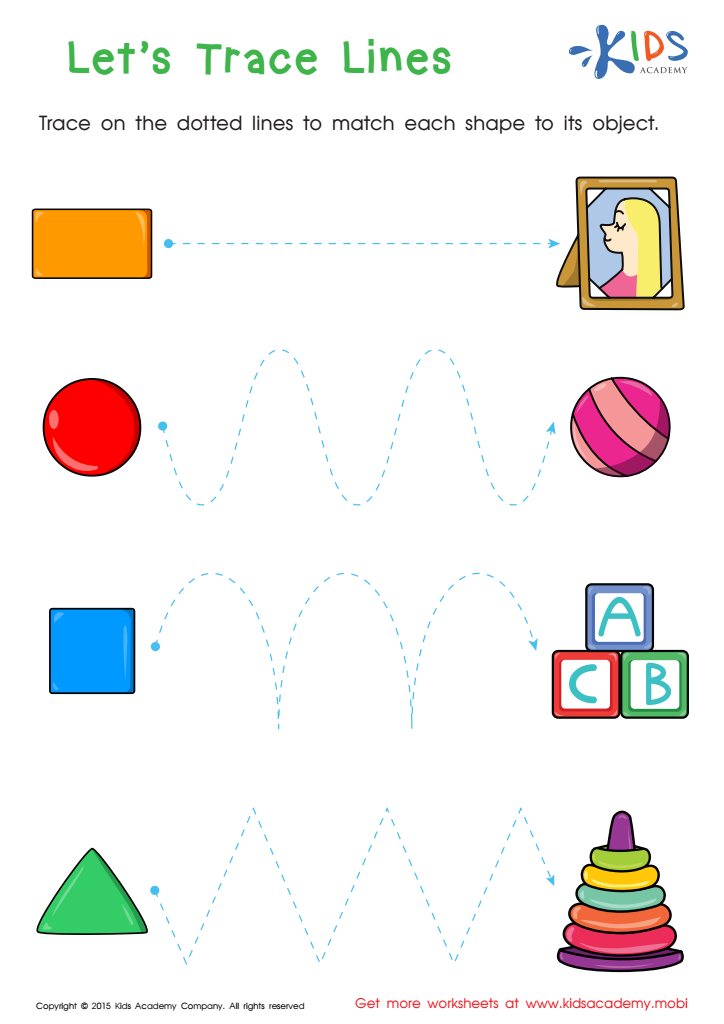

First Words: Let's Trace Lines Worksheet


Long and Short U Worksheet
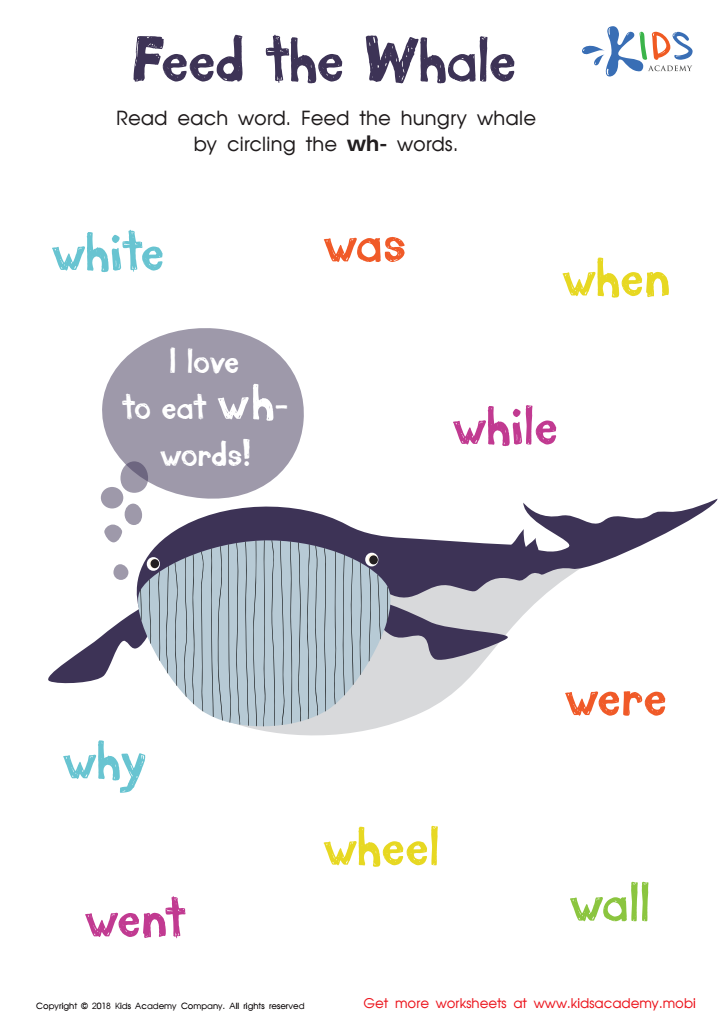

Feed the Whale Worksheet
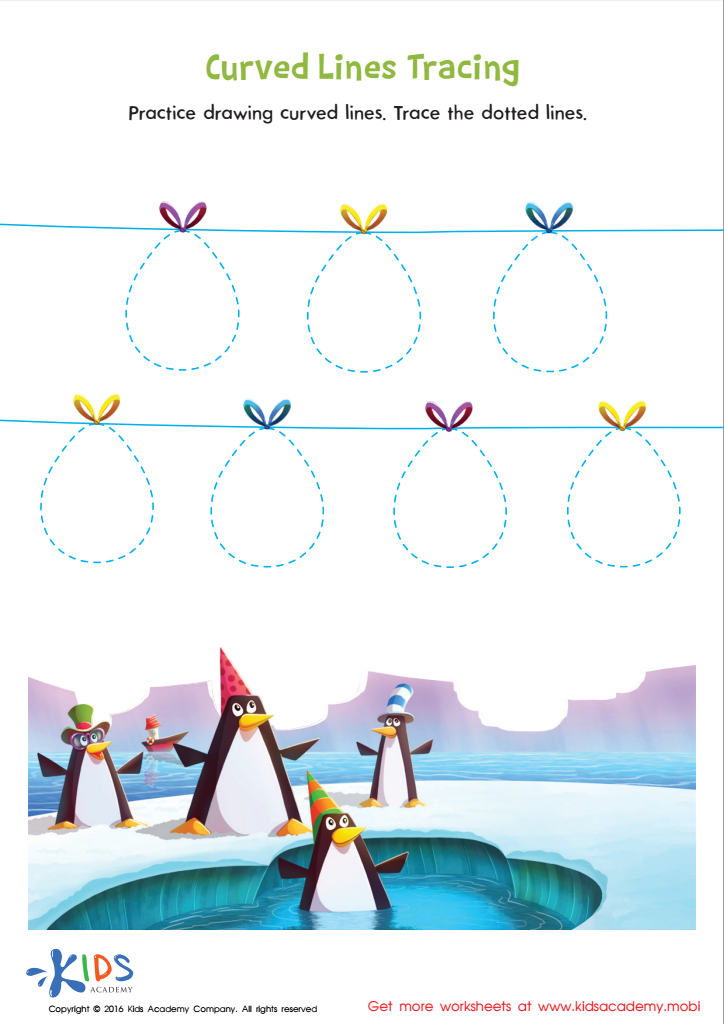

Curved Lines Tracing Worksheet
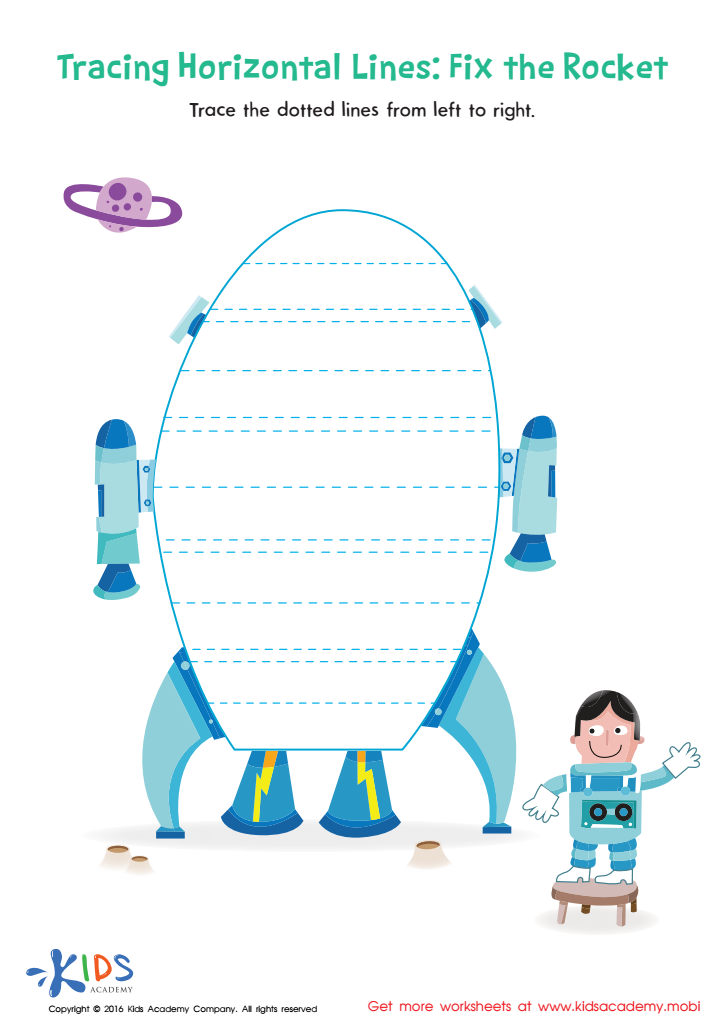

Tracing Horizontal Lines Worksheet
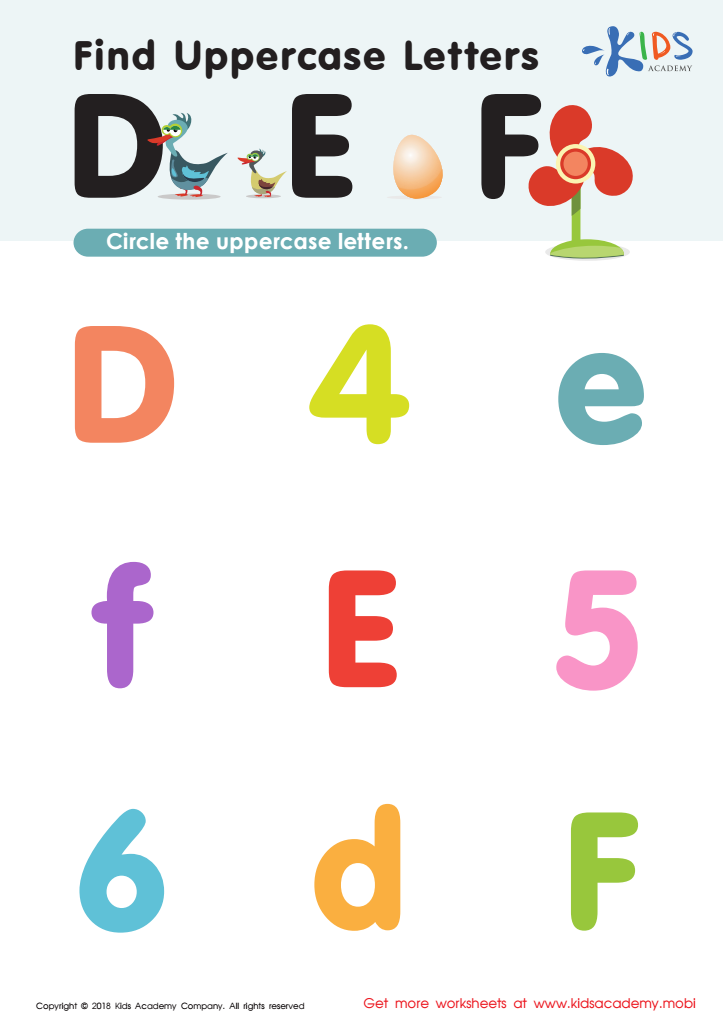

Find Uppercase Letters D, E, and F Worksheet


Long and Short E Worksheet


Letter D Tracing Page
Hand-eye coordination is a crucial skill that develops in children between the ages of 3 and 9. Parents and teachers should prioritize this aspect of development because it serves as a foundation for various everyday tasks and activities. Children rely on hand-eye coordination for simple actions like catching a ball or completing a puzzle, which fosters gross and fine motor skills essential for physical development.
Moreover, strong hand-eye coordination is closely linked to academic success, particularly in subjects that require writing and drawing. As children learn to write letters and numbers, excellent hand-eye coordination aids in forming them accurately and legibly. This ability is also important for activities like cutting with scissors or using manipulatives, which enhance spatial awareness and concentration.
Encouraging activities that promote hand-eye coordination, such as playing catch, working with building blocks, or engaging in arts and crafts, can significantly boost a child's confidence and enjoyment in learning. By fostering these skills, parents and teachers contribute to a child's overall cognitive and physical development, preparing them not only for academic challenges but also for a well-rounded life. Understanding the importance of hand-eye coordination underscores its role in a child's future achievements and social interactions.
 Assign to My Students
Assign to My Students













